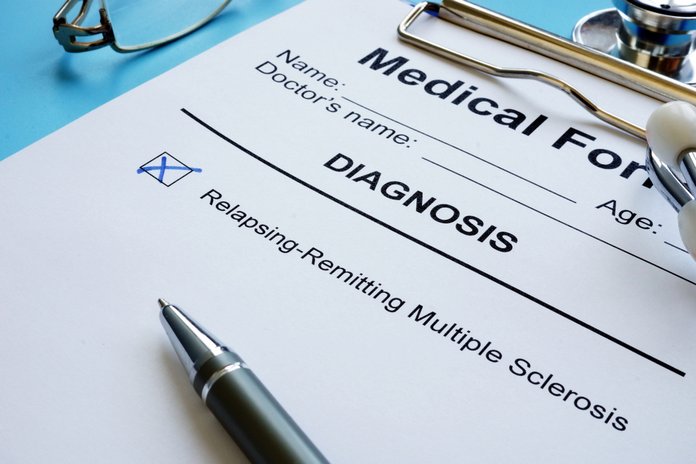Relapsing-remitting multiple sclerosis (RRMS)
RRMS is the most common stage of multiple sclerosis, and almost 75% to 85% of the patients of multiple sclerosis have the diagnosis of relapsing-remitting multiple sclerosis. The people having RRMS suffer from temporary periods known as relapses, exacerbations, or flare-ups when there is an occurrence of new symptoms. The interval of the relapses or flare-ups might last for typically two days or sometimes weeks. Also, at times the signs of multiple sclerosis disappear, which is known as the process of remission. However, the multiple sclerosis is still present in the patient and is growing unknowingly. The condition might also get worse with the progression of multiple sclerosis as the patient is seemingly doing fine. The damage to the nerves can still happen even there is no appearance of any kind of symptoms. There are definite attacks of new and increasing neurological problems and more damage to the nerves. The type of RRMS is further divided into two categories, i.e., the active type and the non-active type of RRMS. In the active type of RRMS, there is the presence of brain lesions in MRI scans along with the occurrence of relapses, and in the non-active type of RRMS, there is no presence of brain lesions in the MRI scans. The condition goes further towards worsening by the increase in the disability during the period of relapse.

